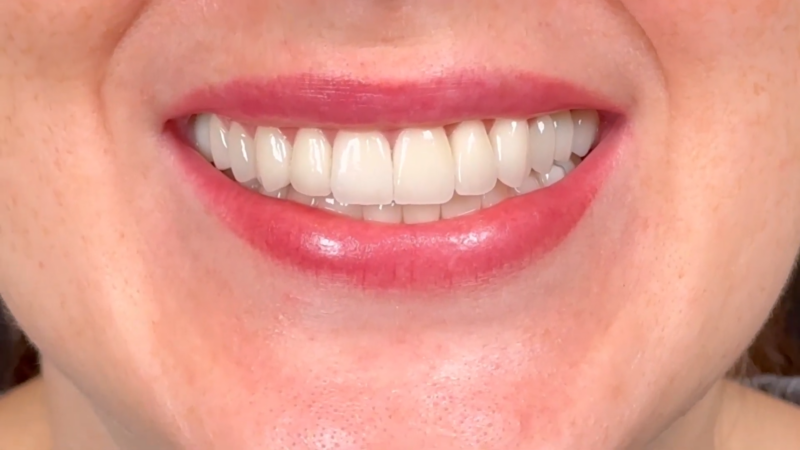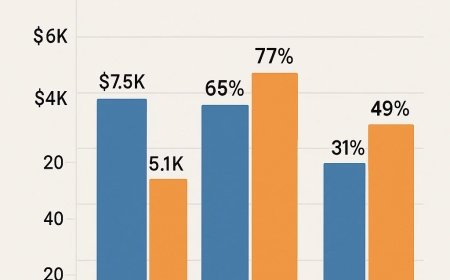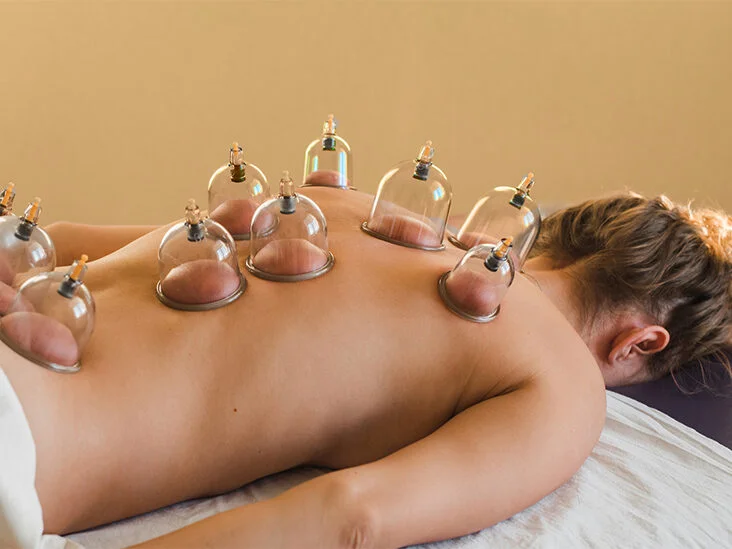Is There Pain During or After Composite Veneers?
Composite veneers are a popular choice for enhancing the appearance of teeth. They are crafted from a tooth-colored resin material that is bonded directly onto the surface of the teeth

Composite veneers are a popular choice for enhancing the appearance of teeth. They are crafted from a tooth-colored resin material that is bonded directly onto the surface of the teeth. Composite veneers Dubai help correct a variety of cosmetic concerns including gaps, chips, stains, and uneven alignment. While the aesthetic results can be dramatic, one of the most common questions people ask before getting them is whether theres any pain during or after the procedure.
The Application Process Explained
The procedure for applying composite veneers is usually straightforward and minimally invasive. It begins with light preparation of the tooth surface. This may involve slight reshaping of the enamel to ensure the veneer fits and looks natural. In most cases, no drilling into the inner layers of the tooth is required, and this contributes significantly to a relatively comfortable experience.
After preparation, the resin material is applied in layers and shaped to achieve the desired appearance. Each layer is cured using a special light that hardens the material. Once the shape and color are perfected, the surface is polished to give it a natural shine that blends seamlessly with the surrounding teeth.
Sensitivity During the Procedure
Many people feel a sense of uncertainty about whether pain will occur during the procedure. The process is typically gentle, and for most individuals, it involves little to no discomfort. Because composite veneers usually do not require extensive enamel removal, the likelihood of triggering pain is low. Mild sensations or pressure might be experienced as the composite material is shaped and cured, but this is generally well-tolerated.
What to Expect Right After the Procedure
Once the composite veneers have been applied, the teeth may feel slightly different due to the added material. Some individuals might notice a brief period of heightened sensitivity to hot or cold items. This sensitivity tends to be temporary and should subside as the mouth adjusts to the new veneers.
There might be a minor feeling of tightness or fullness if several veneers are placed at once. The gums can sometimes respond with slight irritation where they meet the edge of the veneer, but this is often mild and resolves naturally without intervention.
Adjusting to the New Smile
Getting used to the feel and function of composite veneers usually takes only a few days. During this period, the mouth adapts to subtle changes in tooth shape and bite alignment. Speech may be minimally affected for a short time, particularly if veneers are placed on the front teeth, but this typically resolves quickly.
Because the veneers are custom-shaped, they are designed to fit comfortably and avoid creating pressure on surrounding teeth. Any minor discomfort or awareness usually diminishes within a few days after placement.
Managing Post-Procedure Sensations
If there is any sensitivity after the application of composite veneers, it can often be managed with simple home adjustments like avoiding very hot or cold beverages for a few days. The teeth should not feel pain when chewing or biting, but if unusual discomfort is felt, its a sign to evaluate bite alignment. Occasionally, slight refinements may be necessary to ensure the veneers fit seamlessly with the natural bite.
Despite rare cases of pressure or mild tenderness, severe pain is uncommon. Composite veneers are considered one of the more comfortable cosmetic dental procedures, particularly because they are minimally invasive and preserve more of the natural tooth structure.
Long-Term Comfort of Composite Veneers
After the initial adjustment period, composite veneers should feel just like natural teeth. They are designed for everyday functions such as talking, biting, and chewing, without causing any discomfort. If maintained properly, they remain securely bonded and should not shift or cause irritation.
One of the key advantages of composite veneers is that they are applied in a single visit, and recovery time is minimal. Since they do not require extensive enamel removal, the underlying tooth remains protected and supported. This structural preservation contributes to long-term comfort and stability.
When to Seek Help for Discomfort
While composite veneers rarely cause pain, there are specific scenarios where follow-up may be helpful. If biting feels uneven or if the veneers interfere with natural mouth movements, the surface may need minor contouring. Likewise, if persistent sensitivity develops or if the veneers feel loose, professional adjustment can restore comfort.
Discomfort is not a common part of the experience, but noticing how your teeth feel after the veneers are placed can help determine if any follow-up is needed. Early communication and attention to small issues can prevent potential complications and ensure lasting satisfaction.
Are Composite Veneers Right for You?
People considering composite veneers often want a pain-free solution to improve their smile. The experience of getting them is usually easy, comfortable, and requires minimal downtime. Most individuals find the entire process smooth and report high satisfaction with the outcome.
Composite veneers also offer a degree of reversibility and customization that adds to their appeal. Since the natural teeth are mostly left intact, the procedure is less aggressive compared to other options. For those seeking a beautiful and confident smile without significant discomfort, composite veneers offer an effective path.
Common Questions About Discomfort
It is normal to wonder about sensations during and after dental procedures. With composite veneers, the design of the treatment aims to reduce stress and avoid pain. Because anesthesia is not always needed and healing time is short, many individuals are surprised at how seamless the entire process feels.
Some people might confuse pressure or minor adjustments with pain, but these sensations are part of the bodys natural response to subtle changes in the mouth. Once the brain adapts to the new contours and positions of the teeth, any awareness typically fades.
Conclusion
The question of whether there is pain during or after composite veneers is valid, but in most experiences, discomfort is minimal or entirely absent. The procedure is well-tolerated, the adjustment period is short, and long-term satisfaction is high.
Those considering aesthetic enhancements often choose composite veneers for their balance of beauty, function, and comfort. With careful application and minimal preparation, they offer a smooth journey from consultation to a confident smile.
People researching Composite veneers in Dubai might find reassurance in knowing that the process is not only aesthetically rewarding but also gentle on the teeth. Whether enhancing one tooth or several, the transition to a brighter, more even smile can happen with ease. Anyone curious about exploring Composite Veneers in Dubai should feel encouraged by the comfortable nature of the procedure and its ability to deliver natural-looking results with minimal disruption








&srotate=0)




























